Home>Garden Essentials>Which Stations Have Fake Turf?
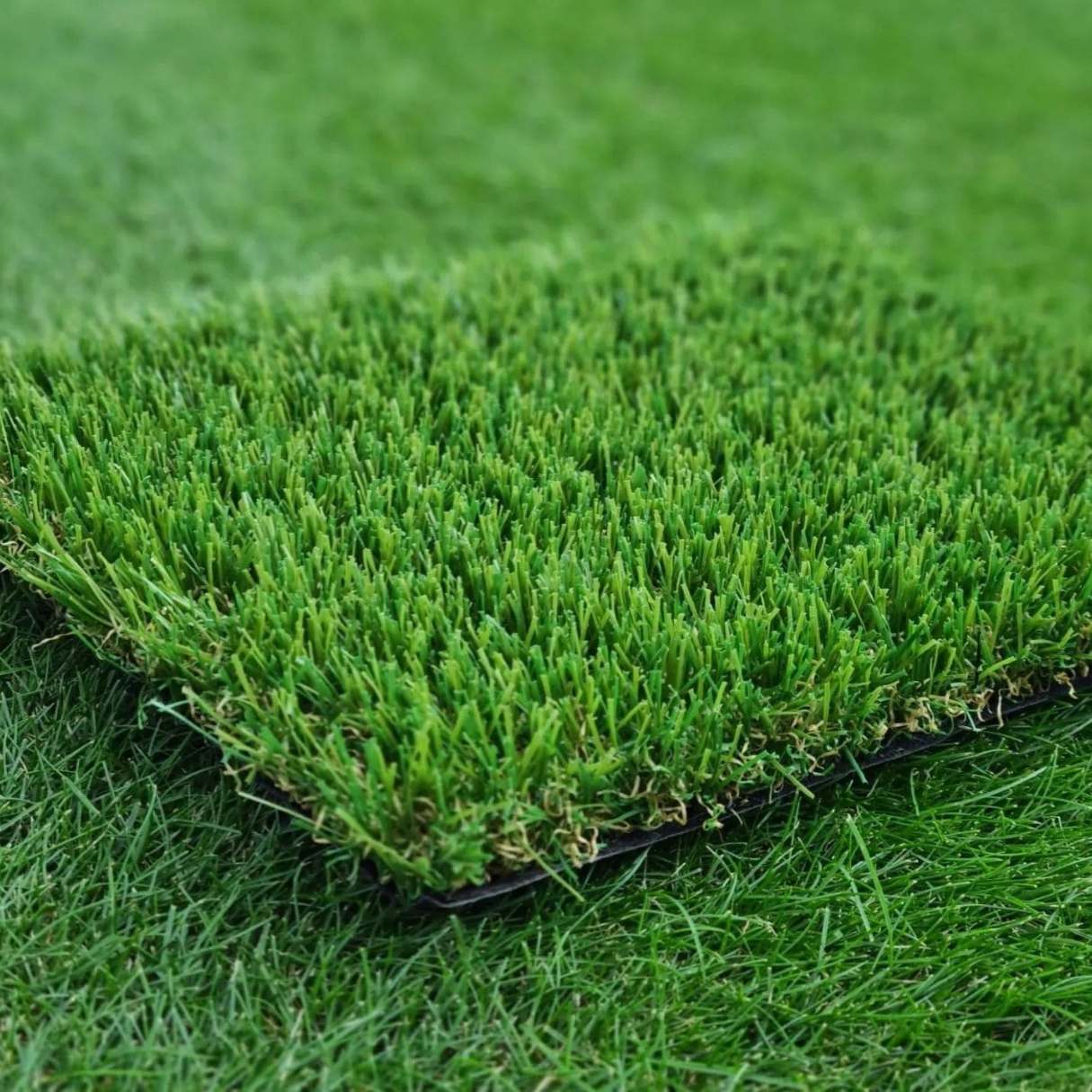

Garden Essentials
Which Stations Have Fake Turf?
Modified: September 1, 2024
Find out which garden stations have fake turf to help you make an informed decision for your outdoor space. Discover the best options for your garden needs.
(Many of the links in this article redirect to a specific reviewed product. Your purchase of these products through affiliate links helps to generate commission for Storables.com, at no extra cost. Learn more)
Introduction
Artificial turf, also known as fake turf or synthetic grass, has become increasingly popular in recent years. Homeowners, businesses, and even sports facilities are turning to artificial turf as a versatile and low-maintenance alternative to natural grass. With its vibrant green appearance and year-round durability, fake turf offers a range of benefits that make it an attractive option for many.
In this article, we will explore the advantages of artificial turf and delve into the controversies surrounding its use. We will also provide you with a comprehensive list of stations that have implemented fake turf, allowing you to make an informed decision when considering this synthetic grass option for your garden or sports facility.
Benefits of Artificial Turf:
There are several advantages to choosing artificial turf over natural grass. First and foremost, fake turf eliminates the need for time-consuming maintenance tasks such as mowing, watering, and fertilizing. With busy lifestyles and limited free time, many homeowners and businesses appreciate the convenience and hassle-free nature of artificial turf.
Artificial turf is also highly durable and can withstand heavy use. Unlike natural grass, which can become patchy and worn in high-traffic areas, fake turf maintains its pristine appearance year-round. Whether it’s a backyard garden or a sports field, artificial turf provides a consistently vibrant and visually appealing surface.
Additionally, artificial turf is resistant to pests and diseases. It does not require the use of harmful pesticides or chemical treatments to keep it looking healthy. This not only benefits the environment but also creates a safer space for children and pets to play.
Furthermore, fake turf is incredibly water-efficient. With concerns over water scarcity and the rising cost of water usage, many individuals and organizations are choosing artificial turf as an eco-friendly alternative. Fake turf requires minimal watering, contributing to water conservation efforts and reducing monthly water bills.
Controversies Surrounding Artificial Turf:
While artificial turf offers many advantages, it is not without its controversies. One of the main concerns is the potential health risks associated with the use of recycled rubber infill in some types of artificial turf. The rubber infill, made from old tires, has raised questions about potential exposure to hazardous chemicals and heavy metals.
There is ongoing research and debate concerning the safety of these materials, and alternative infill options, such as organic or plant-based materials, are being explored. It is important to stay informed and select an artificial turf product that meets safety standards and regulations.
Another controversy surrounding artificial turf is its impact on the environment. While fake turf reduces the need for water and harmful chemicals, its production and disposal can have environmental consequences. The use of non-biodegradable materials and the potential for microplastic pollution raise concerns about the long-term sustainability of artificial turf.
Despite these controversies, the demand for artificial turf continues to grow, with constant advancements in technology and materials aiming to address these issues and create a more sustainable and safe product.
Key Takeaways:
- Artificial turf offers low-maintenance, durable, and eco-friendly benefits for gardens, sports facilities, and commercial spaces, but potential health risks and environmental impact should be considered.
- Understanding the various types of fake turf stations, from residential gardens to event venues, can help make informed decisions when considering synthetic grass for different spaces.
Read more: How To Install Fake Turf
Benefits of Artificial Turf
Artificial turf has gained popularity for its numerous benefits, making it an attractive option for homeowners, businesses, and sports facilities. Here are some of the key advantages of fake turf:
- Low-Maintenance: One of the primary reasons people choose artificial turf is its low-maintenance nature. Unlike natural grass, which requires regular mowing, watering, and fertilizing, fake turf requires minimal upkeep. Say goodbye to spending hours on lawn maintenance tasks and enjoy more free time for other activities.
- Durability: Artificial turf is designed to withstand heavy use and remains looking lush and green regardless of foot traffic or harsh weather conditions. Whether it’s a bustling backyard or a sports field that hosts games and practices year-round, fake turf maintains its vibrant appearance and remains resilient to wear and tear.
- Safe for All: Synthetic grass provides a safe environment for children and pets to play. Unlike natural grass, which can harbor unwanted pests or contain harmful chemicals from pesticides, fake turf eliminates the need for these treatments. It offers a clean, pest-free surface that reduces the risk of bites, allergic reactions, or exposure to toxic substances.
- Water Conservation: With increasing concerns about water scarcity and rising utility costs, artificial turf is an eco-friendly choice. Unlike natural grass that requires regular watering to keep it healthy and green, fake turf needs little to no irrigation. This significantly reduces water usage, contributing to water conservation efforts and helping you save on your monthly water bills.
- Year-Round Aesthetics: Natural grass can become patchy and brown during dry seasons or cold winters. Artificial turf, on the other hand, maintains its vibrant and lush appearance throughout the year. Regardless of the weather conditions, your lawn or sports field will remain visually appealing, providing a beautiful outdoor space for enjoyment and relaxation.
- Allergy-Friendly: For individuals with grass allergies, artificial turf offers a welcome respite. It eliminates the allergens found in natural grass, such as pollen and mold spores, providing relief to those who suffer from seasonal allergies or asthma.
- Cost-Effective: While the upfront cost of installing artificial turf may be higher than that of natural grass, the long-term savings make it a cost-effective choice. You will no longer need to spend money on expensive lawn care products, water bills, or professional landscaping services. Over time, the savings on maintenance expenses can outweigh the initial investment.
With its low-maintenance nature, durability, safety, water conservation benefits, year-round aesthetics, allergy-friendly characteristics, and long-term cost savings, artificial turf has become a popular choice for those seeking an attractive and practical alternative to natural grass.
Controversies Surrounding Artificial Turf
While artificial turf has its benefits, it is not without controversies. Understanding and addressing these concerns is crucial when considering the use of fake turf. Here are some of the main controversies surrounding artificial turf:
- Health Risks: One of the significant concerns surrounding fake turf is the potential health risks associated with the use of recycled rubber infill. Rubber infill is commonly used in some types of artificial turf and is made from recycled tires. This infill material has raised questions about potential exposure to hazardous chemicals and heavy metals. Ongoing research is being conducted to understand the extent of these risks and to develop safer alternatives.
- Environmental Impact: While artificial turf can help conserve water and reduce the use of pesticides and fertilizers, its production and disposal can have negative environmental consequences. Fake turf is typically made from non-biodegradable materials, such as plastics. Additionally, the wear and tear of artificial turf can lead to the release of microplastics into the environment. The long-term sustainability of artificial turf is a subject of debate, and efforts are being made to develop more eco-friendly alternatives and improve end-of-life recycling options.
- Heat Retention: One criticism of artificial turf is its tendency to retain heat, especially in high-temperature regions or during hot summer months. The synthetic materials used in fake turf can absorb and radiate heat, making the surface temperature significantly higher than that of natural grass. This can pose challenges for outdoor activities, sports events, and even pets during warm weather conditions.
- Artificial Appearance: While artificial turf has come a long way in terms of realism, some critics argue that it still lacks the natural look and feel of real grass. The uniform texture and vibrant green color of fake turf can sometimes give it an artificial appearance, which may not be suitable for those who prefer the authenticity of natural grass.
- Initial Cost: Another controversy surrounding artificial turf is the initial cost. Installing fake turf can be more expensive upfront compared to planting and maintaining natural grass. However, it’s important to consider the long-term savings in terms of maintenance, water usage, and landscaping services, which can offset the higher initial investment over time.
It is essential to stay informed about the potential health and environmental risks associated with artificial turf and make choices that prioritize safety, sustainability, and personal preferences. With ongoing research, technological advancements, and increasing demand for eco-friendly options, the controversies surrounding artificial turf are being addressed to develop more sustainable and safer alternatives.
Check the official website of the sports team or the stadium to see if they mention having fake turf. You can also look for news articles or press releases about the stadium’s recent renovations or upgrades.
Understanding Fake Turf Stations
Fake turf stations, also known as artificial turf stations, are locations where synthetic grass is installed. These stations can vary widely in terms of size and purpose, ranging from residential gardens to commercial landscapes and even sports facilities. Understanding the different types of fake turf stations can help you make an informed decision when considering the use of artificial turf in your own space.
Residential Gardens:
Many homeowners are opting for artificial turf in their gardens as a practical and aesthetically pleasing alternative to natural grass. With its low-maintenance nature, fake turf provides a green and vibrant lawn throughout the year, without the need for regular watering, mowing, or fertilizing. It offers a hassle-free solution for those who want a beautiful garden without the time-consuming upkeep.
Commercial Landscapes:
Artificial turf is also commonly used in commercial landscapes, such as office complexes, hotels, and shopping centers. The low-maintenance and durability of fake turf make it an attractive choice for businesses that want to maintain a visually appealing outdoor space without the ongoing maintenance costs associated with natural grass. Additionally, fake turf provides a consistent and neat appearance, enhancing the overall aesthetic appeal of the commercial property.
Sports Facilities:
Artificial turf has gained significant popularity in sports facilities, replacing natural grass in many cases. From soccer fields and baseball diamonds to golf courses and tennis courts, fake turf offers a level and consistent playing surface that can withstand heavy use and variable weather conditions. The durability and reduced maintenance requirements of artificial turf make it a practical choice for sports establishments that want a reliable and visually appealing playing surface year-round.
Recreational Areas:
Fake turf is also increasingly being used in recreational areas such as parks, playgrounds, and outdoor recreational spaces. The low-maintenance nature of artificial turf ensures that these areas remain green and accessible for public enjoyment, even in regions with water restrictions or limited resources for maintenance. Additionally, synthetic grass provides a safe and clean surface for children to play on, minimizing the risk of allergies, insect bites, and injuries commonly associated with natural grass.
Event Spaces:
Artificial turf is often utilized in event spaces, including wedding venues, outdoor event venues, and exhibition halls. The consistent appearance and easy customization options make fake turf an ideal choice for creating an attractive and functional outdoor area. Whether it’s for a wedding ceremony, a corporate event, or a trade show, artificial turf provides a clean and well-maintained surface that enhances the overall experience for attendees.
Understanding the variety of fake turf stations can help you determine the most suitable application for your specific needs. Whether it’s for a residential garden, a commercial property, a sports facility, a recreational area, or an event space, fake turf offers a practical and visually appealing solution that can meet your requirements while minimizing the maintenance and environmental impact associated with natural grass.
List of Stations with Fake Turf
If you’re considering implementing artificial turf for your garden or looking for sports facilities that have already made the switch, here is a list of various stations with fake turf:
- Residential Gardens: Many homeowners have embraced artificial turf for their gardens, enjoying the benefits of a low-maintenance and visually appealing green space year-round. You can find numerous residential properties that have installed fake turf to replace natural grass lawns.
- Schools and Universities: Several schools and universities have opted for artificial turf in their outdoor sports fields, ensuring a durable and playable surface for their students. From soccer fields to running tracks, fake turf provides a consistent and reliable playing area.
- Sports Facilities: Many sports facilities, including soccer stadiums, baseball fields, and golf courses, have adopted artificial turf. This allows for more frequent use, as synthetic grass can withstand heavy foot traffic and variable weather conditions better than natural grass.
- Parks and Recreation Areas: Numerous parks and recreational areas have made the switch to fake turf to create green spaces that are easily accessible to the public. Synthetic grass allows these areas to maintain their beauty without the need for extensive watering or mowing.
- Playgrounds: Artificial turf is also becoming a popular choice for playgrounds. It provides a safe and clean surface for children to play on, minimizing the risk of allergies, insect bites, and injuries associated with traditional grass.
- Event Venues: Many event venues, such as wedding venues, outdoor event spaces, and exhibition halls, have opted for artificial turf to create attractive and functional outdoor areas. Synthetic grass offers a neat and well-maintained surface that enhances the overall experience for event attendees.
- Commercial Properties: Several commercial properties, including office complexes and shopping centers, have turned to fake turf for their landscaping needs. The low-maintenance nature of artificial turf ensures that these properties maintain an attractive outdoor space without the need for extensive upkeep.
It’s important to note that this list is not exhaustive, and the use of artificial turf continues to grow as more individuals and organizations recognize the numerous benefits it offers. When considering fake turf for your specific needs, it’s advisable to research and consult with professionals to ensure you choose the most suitable product and installation method.
By exploring the various stations that have successfully implemented artificial turf, you can gain inspiration and insight into how synthetic grass can transform and enhance different types of spaces, from residential gardens to sports fields and commercial landscapes.
Read more: Where To Buy Fake Turf
Conclusion
Artificial turf, with its numerous benefits, has become an increasingly popular choice for homeowners, businesses, and sports facilities. Its low-maintenance nature, durability, water conservation properties, and year-round aesthetics make it an appealing alternative to natural grass. However, it is essential to be aware of the controversies surrounding fake turf, including potential health risks, environmental impact, and heat retention issues.
Understanding the different types of fake turf stations, such as residential gardens, sports facilities, commercial properties, and event venues, can help you make an informed decision when considering the use of synthetic grass in your own space. Many homeowners have embraced fake turf for their gardens, while schools, universities, and sports facilities have adopted it for their sports fields.
Artificial turf also finds its application in parks, playgrounds, and recreational areas, providing a safe and low-maintenance surface for public enjoyment. Additionally, event venues and commercial properties have incorporated fake turf to create attractive and functional outdoor spaces.
While the list of stations with fake turf is extensive, it is important to conduct thorough research and consult with professionals to determine the most suitable product and installation method for your specific needs. Consider factors such as budget, maintenance requirements, safety considerations, and environmental impact before making a decision.
Ultimately, artificial turf offers a practical, visually appealing, and water-efficient alternative to natural grass. By considering its benefits and understanding the controversies surrounding its use, you can make an informed choice that aligns with your goals and values.
As technology advances and eco-friendly alternatives are developed, the controversies surrounding artificial turf are being addressed to create a more sustainable and safer product. With ongoing research, innovations, and increased awareness, the future of artificial turf holds great potential for providing an even more environmentally friendly and reliable option for outdoor spaces.
Frequently Asked Questions about Which Stations Have Fake Turf?
Was this page helpful?
At Storables.com, we guarantee accurate and reliable information. Our content, validated by Expert Board Contributors, is crafted following stringent Editorial Policies. We're committed to providing you with well-researched, expert-backed insights for all your informational needs.
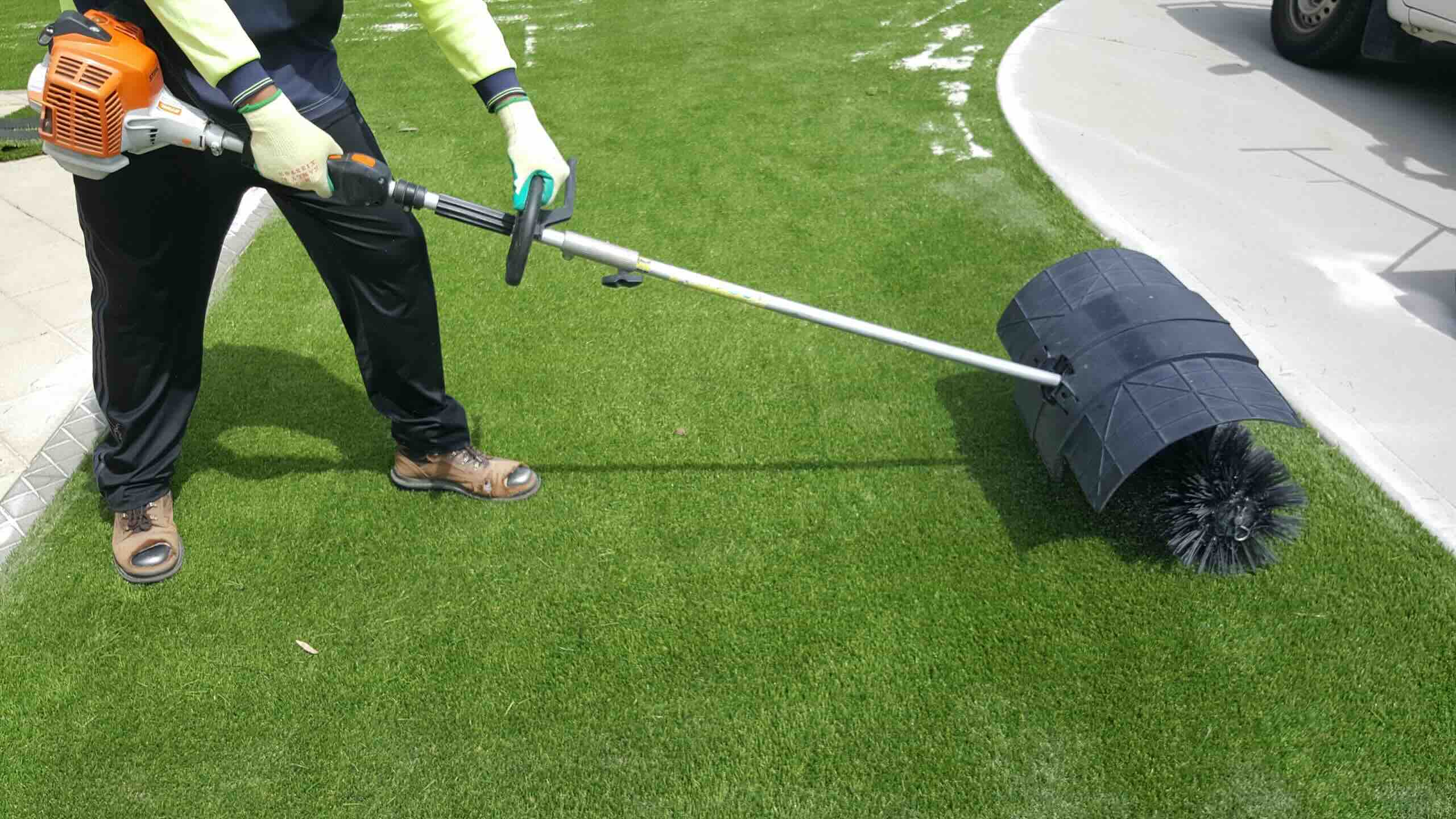
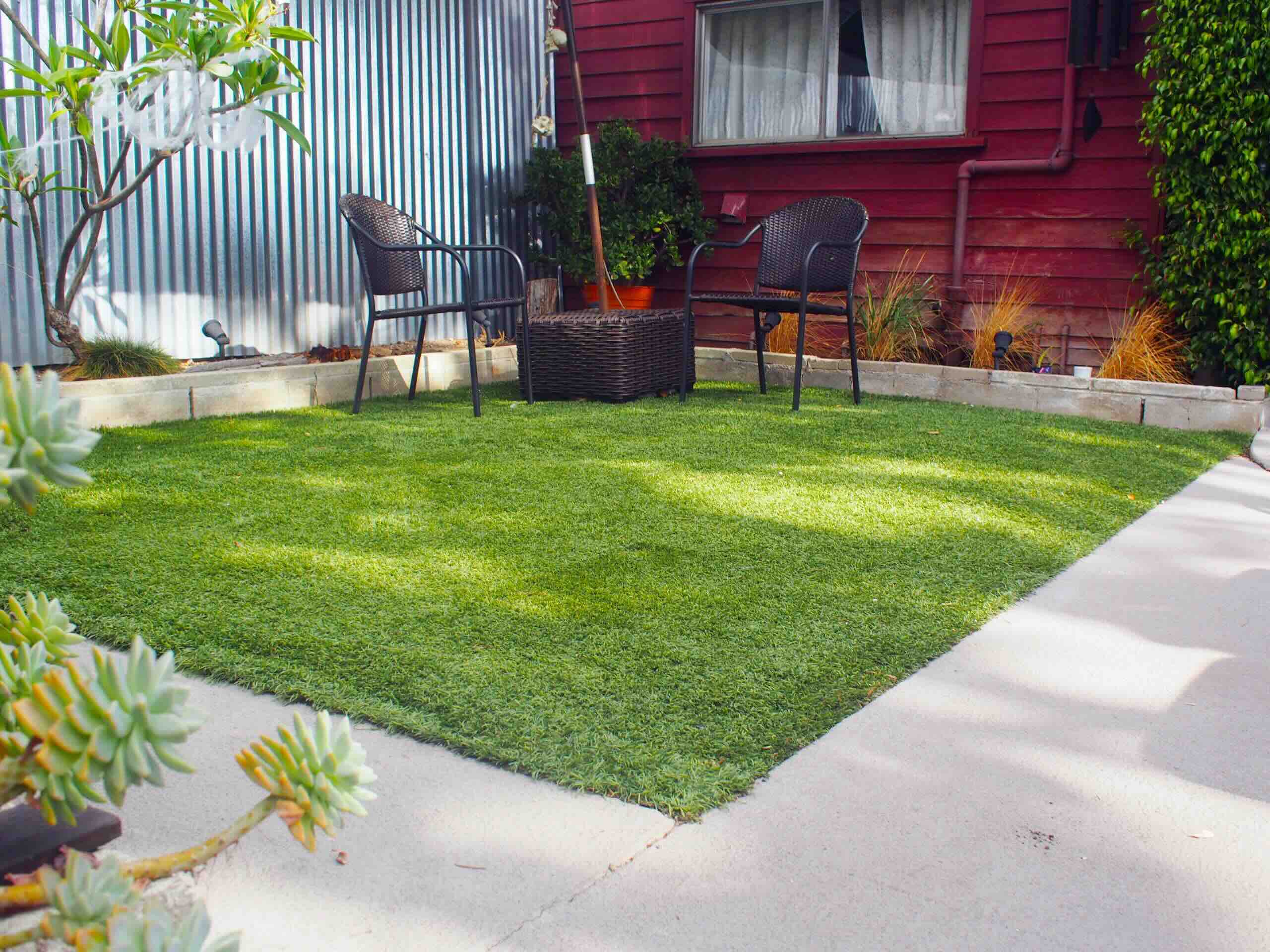
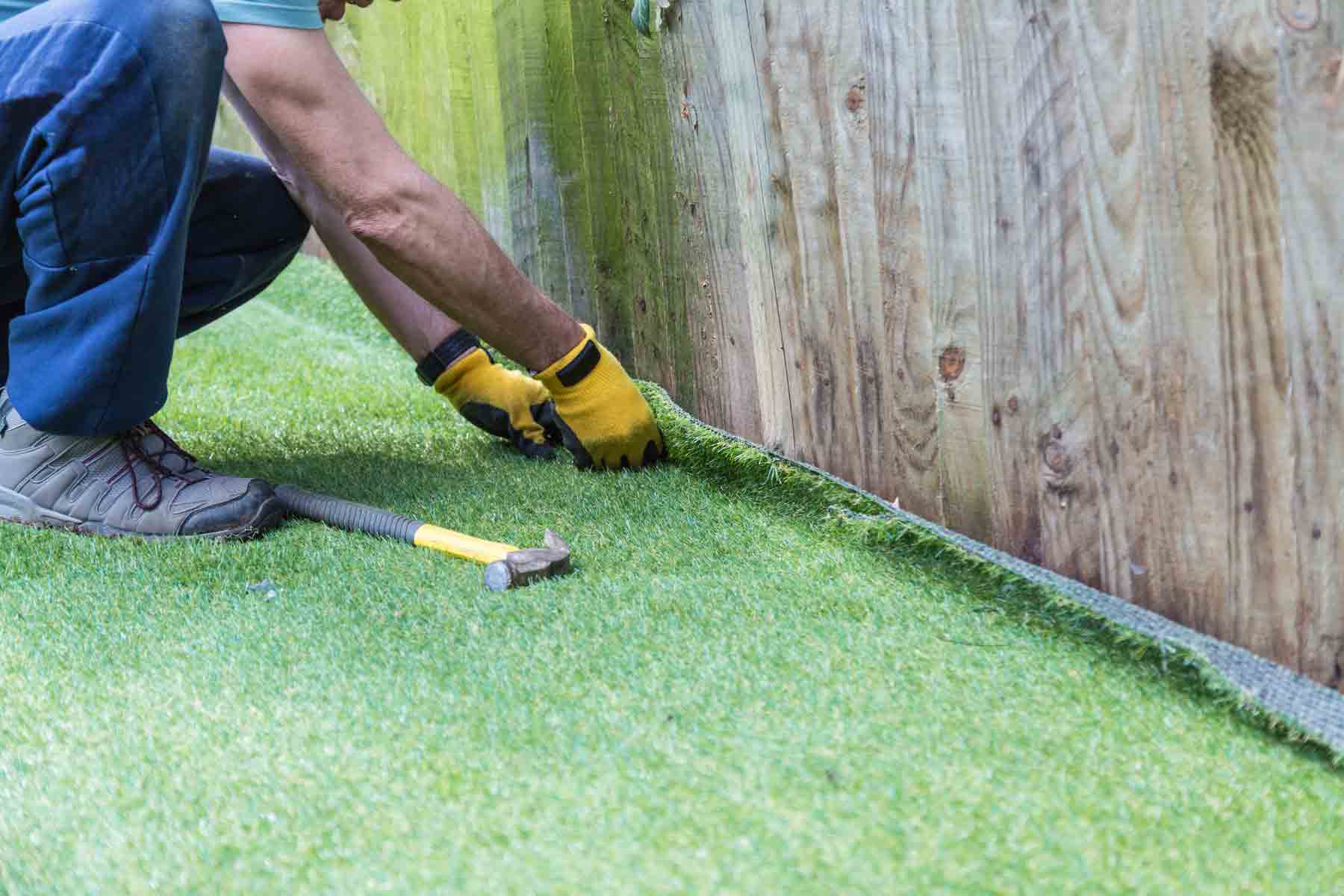
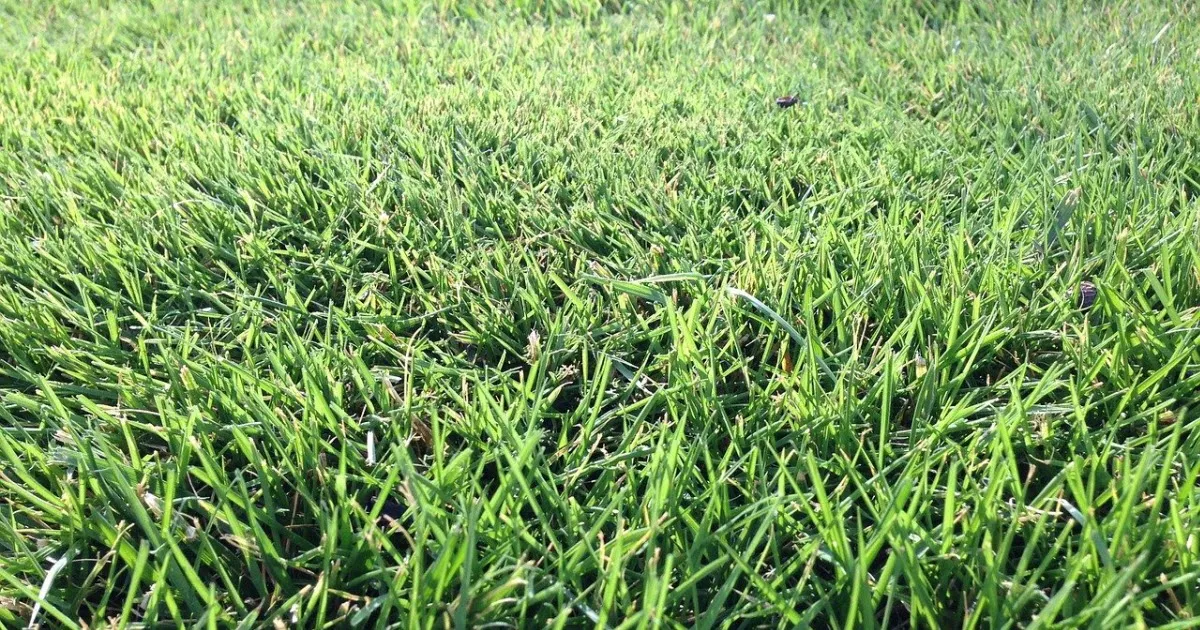

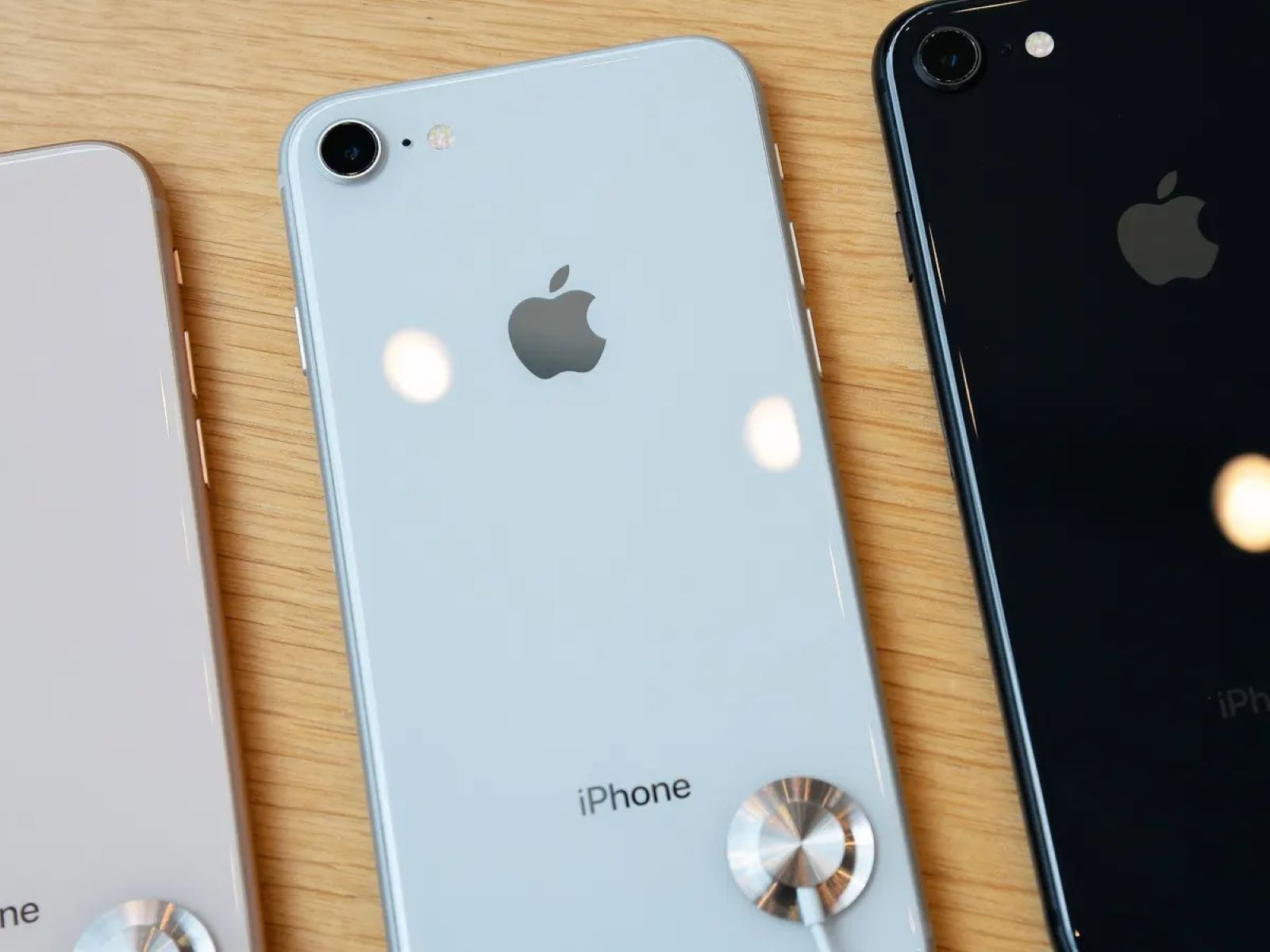
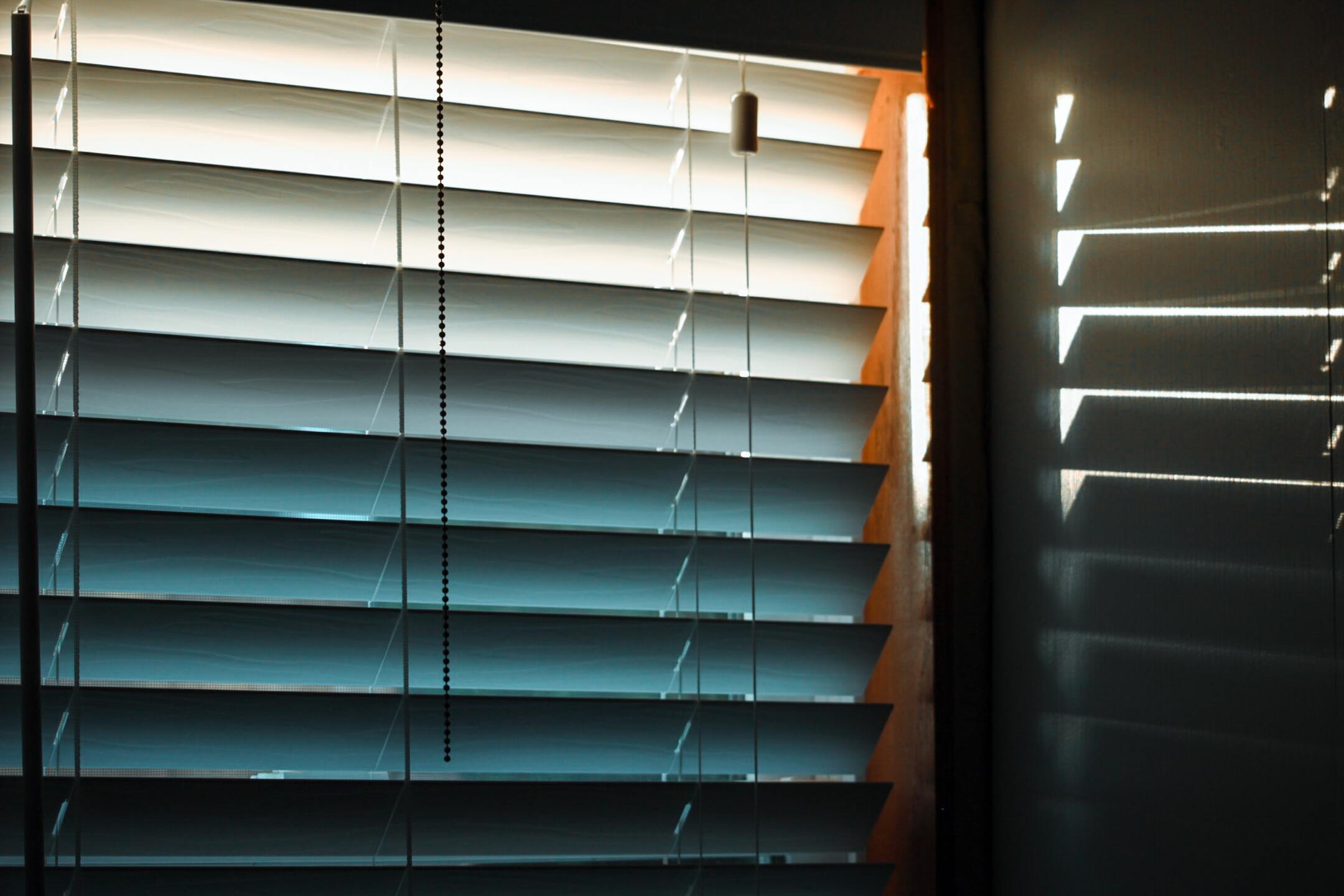
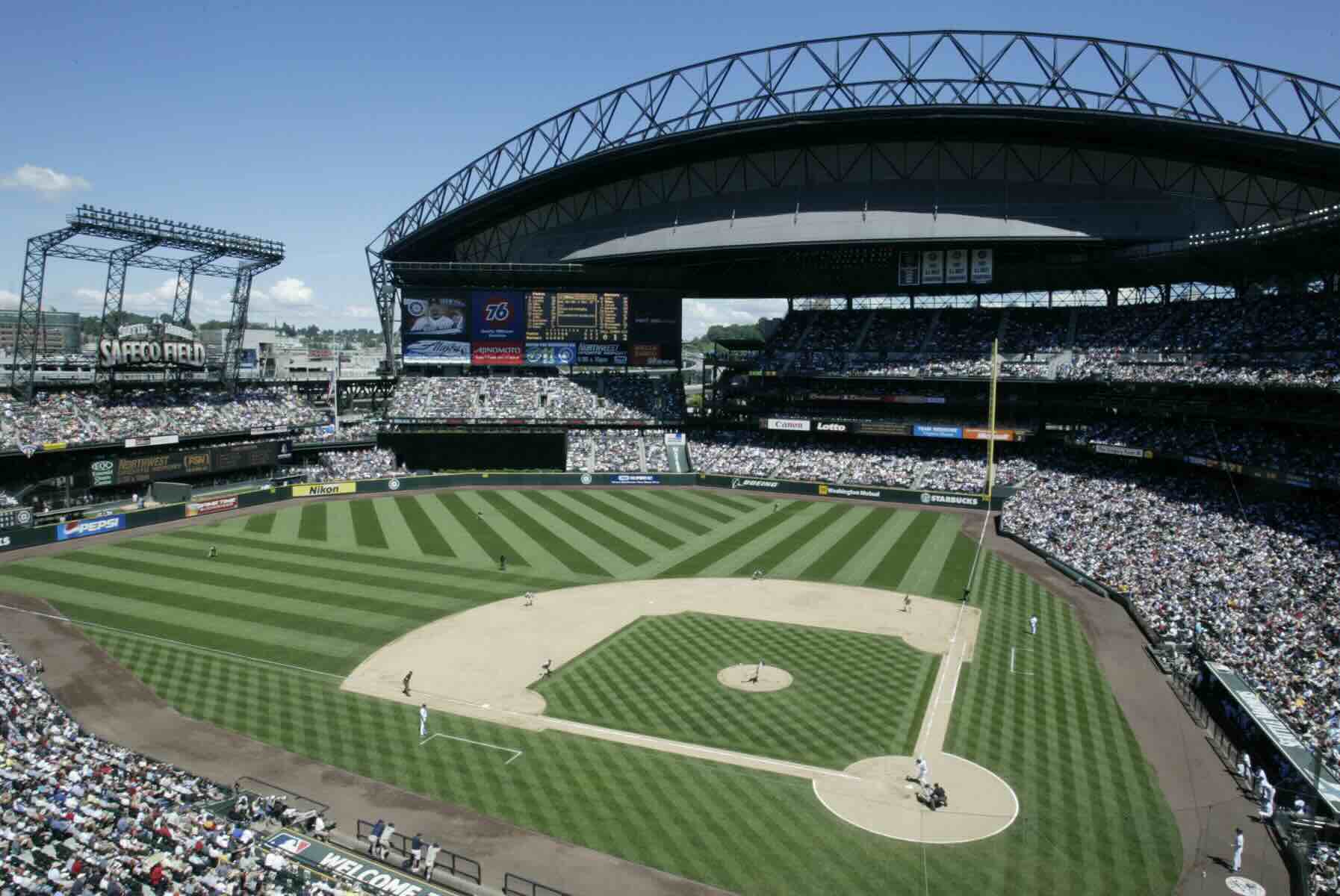
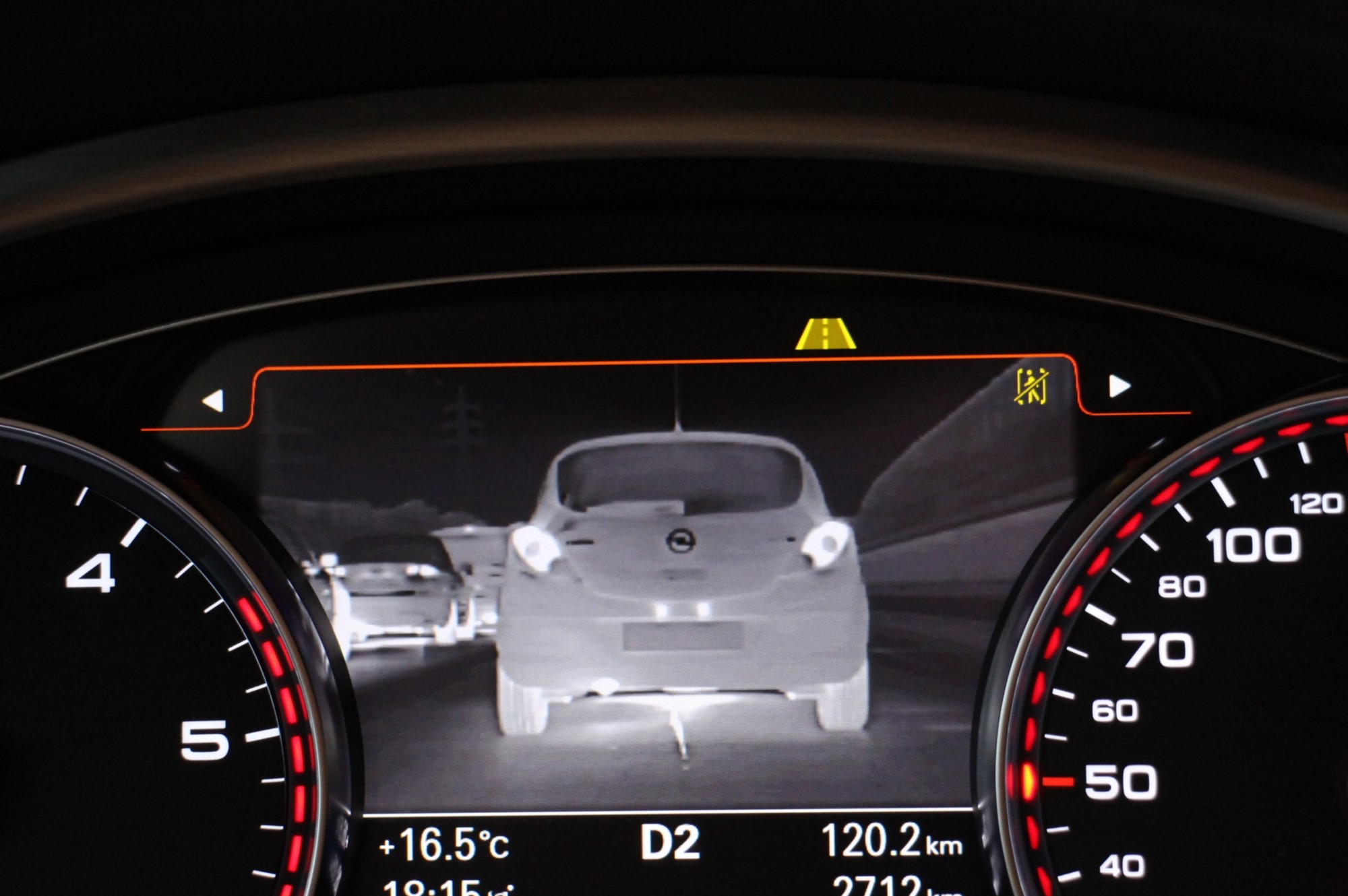
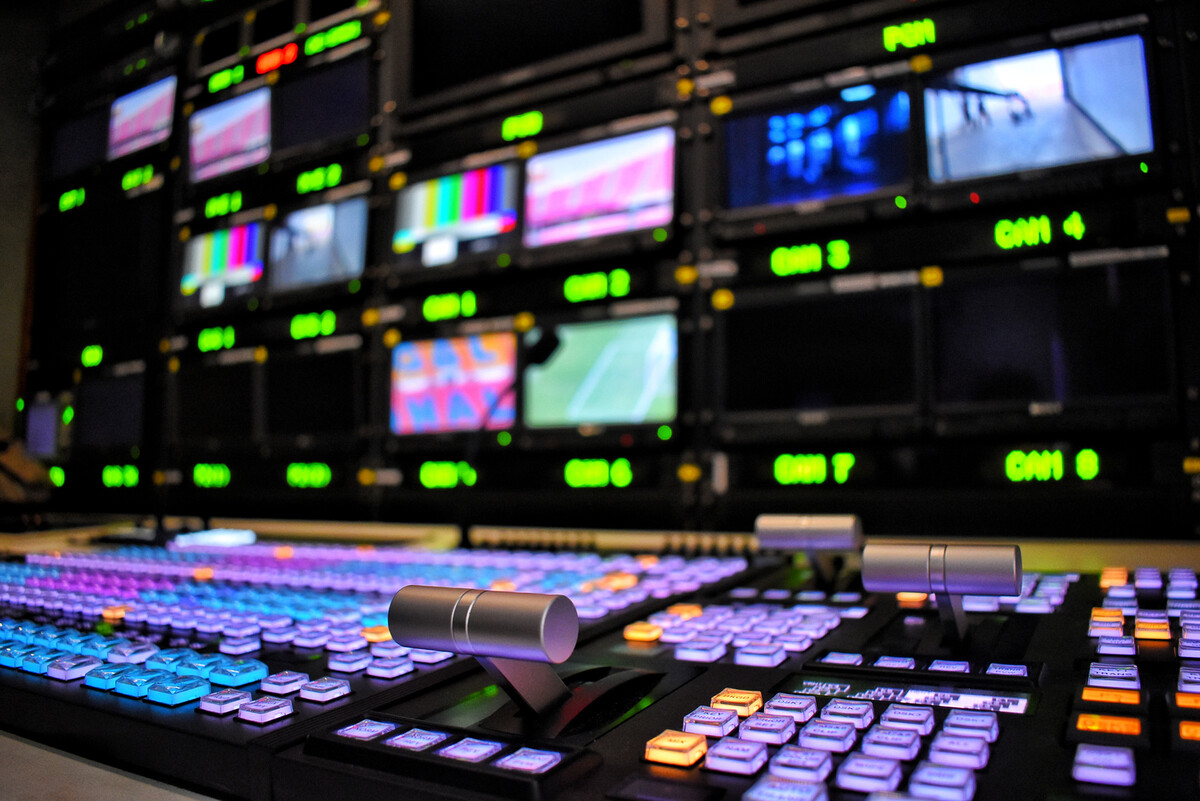
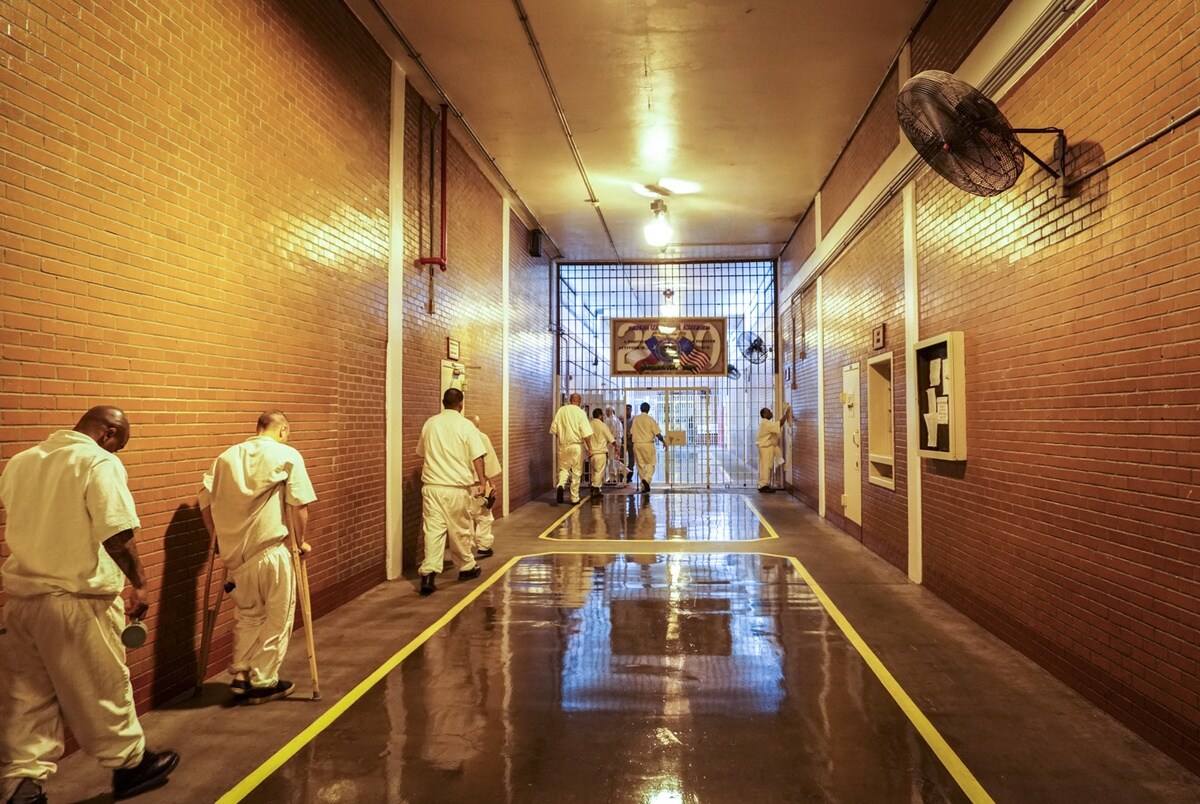
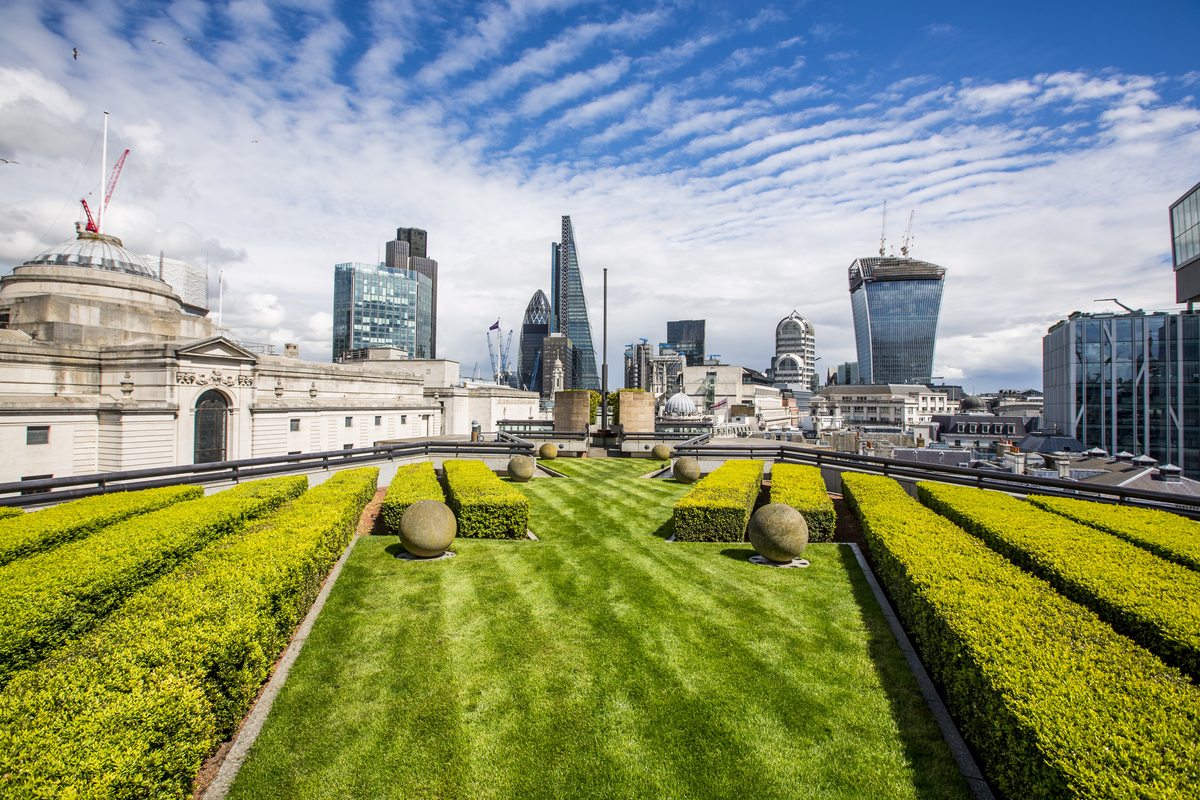
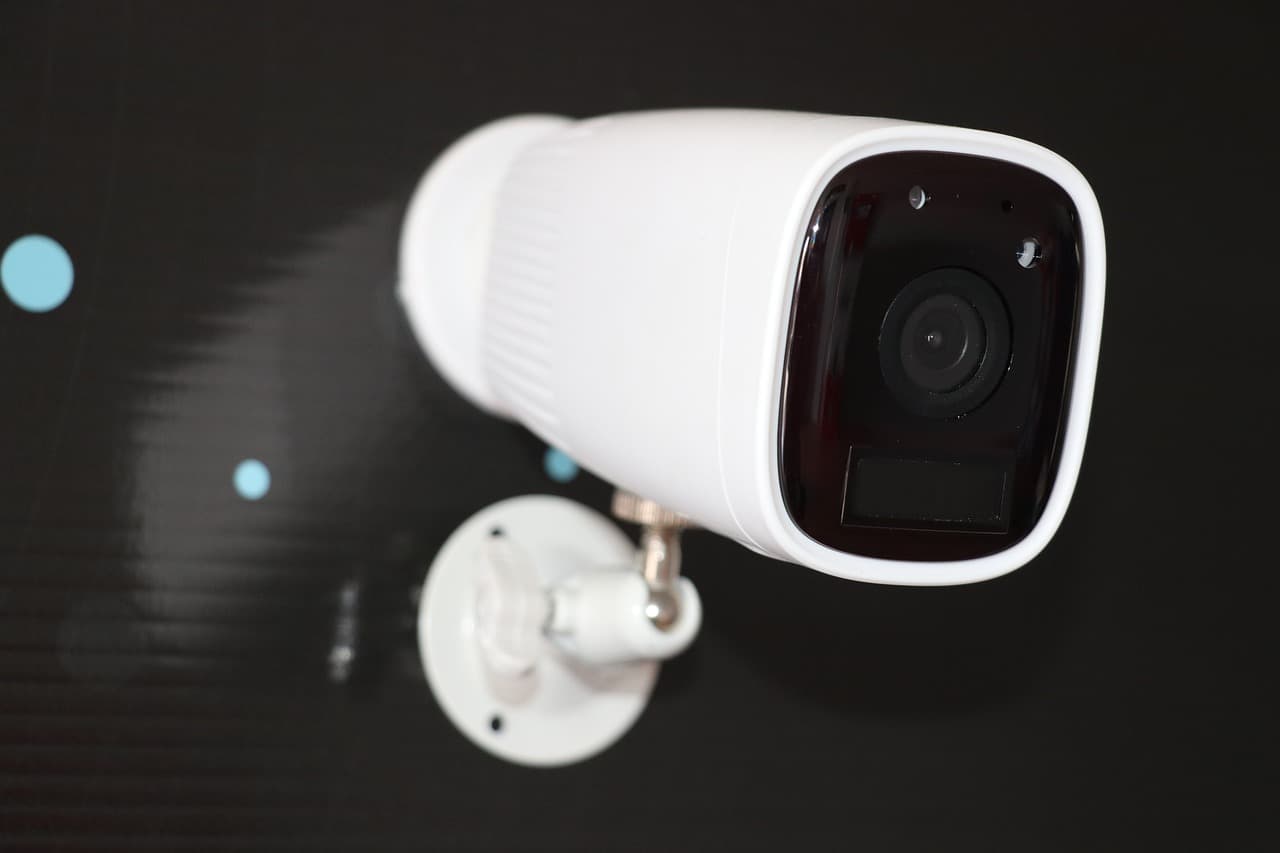


0 thoughts on “Which Stations Have Fake Turf?”